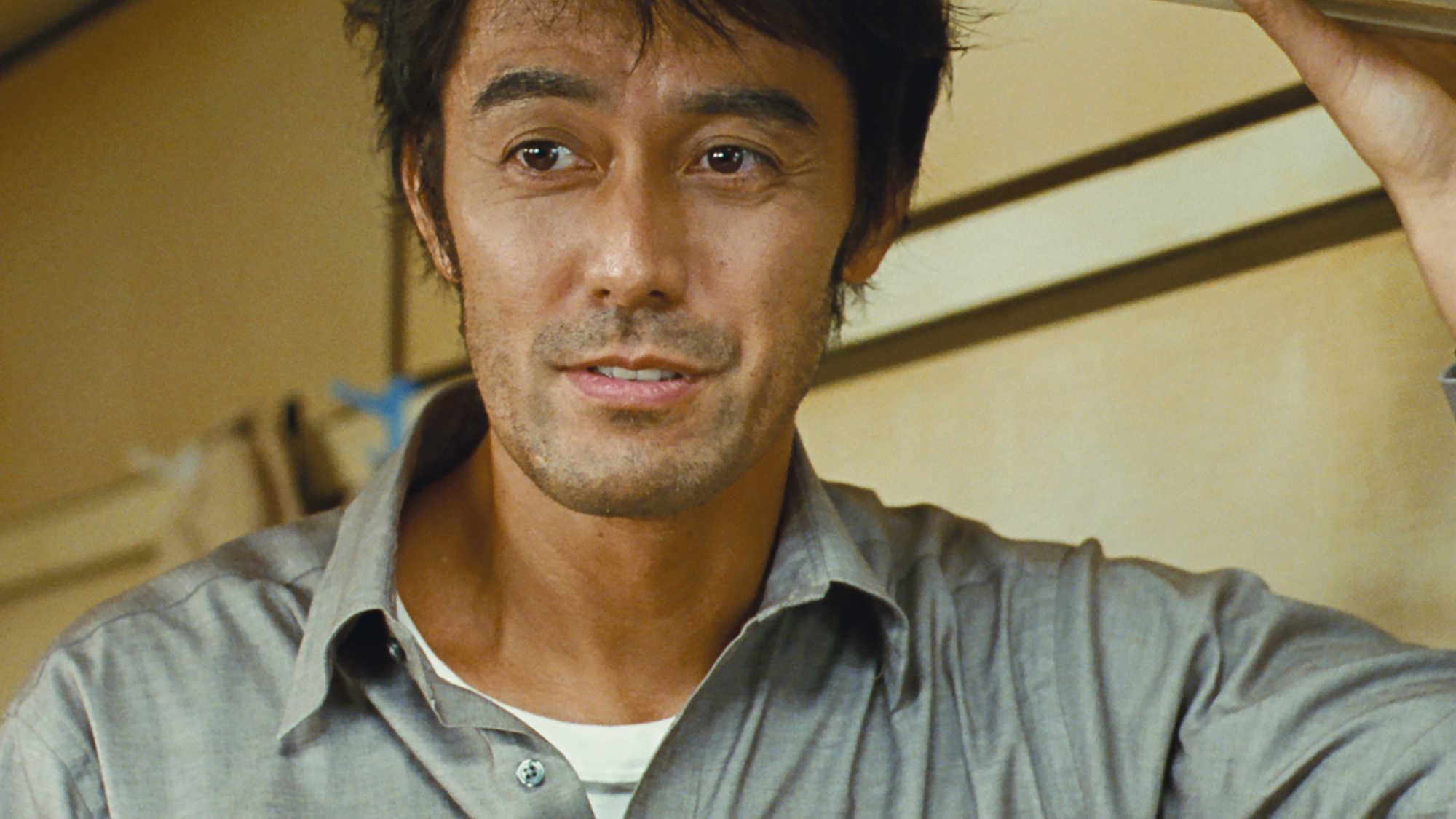
This was a very interesting year for Japanese cinema, for a number of reasons. In commercial terms, two were the most important productions of 2016: Toho’s reboot of the Godzilla franchise, for the third time in the kaiju’s history, and the release of the “Your Name” anime.
The first one, titled “Godzilla Resurgence”, is one of the best entries in the history of the franchise, since Toho decided to spend big money on it ($15 million) and made a great decision by giving the helm to Hideaki Anno, the creator of “Evangelion”. The film is the highest grossing live-action Japanese film of 2016 and the highest grossing Japanese-produced Godzilla film in the franchise.
“Your Name” proved that Makoto Shinkai is the next “master” of anime, with the film becoming the fifth highest grossing film of all time in the country – domestic or imported – and the second-biggest domestic film ever, behind the Oscar-winning “Spirited Away”. It is also the first anime not directed by Hayao Miyazaki to earn more than $100 million at the Japanese box office.
The resurrection of the “Roman Porno” series by Nikkatsu was also big news for the industry, with a number of directors getting involved, and Sion Sono standing out with his “Anti-porn”, a film that brought him back to his pre-Fukushima era.
UK-based production company Third Window managed to produce in Japan the best no-budget film of the year, “Lowlife Love”. The manga/anime adaptations continued to present great productions, with “Chihayafuru” standing out.
Expectantly, the indie social drama had the biggest slice of the pie once more, with a plethora of productions. However, “Hime Anole” presented a very different take on the genre that resulted in a truly great film. Lastly, Kiyoshi Kurosawa returned to the horror genre, with “Creepy”.
Some films may have premiered in 2015, but since this occurred at the end of the year, I took the liberty of including them.
With a focus on diversity, here are the 10 best Japanese films of 2016.
10. Chihayafuru (Norihiko Koizumi)
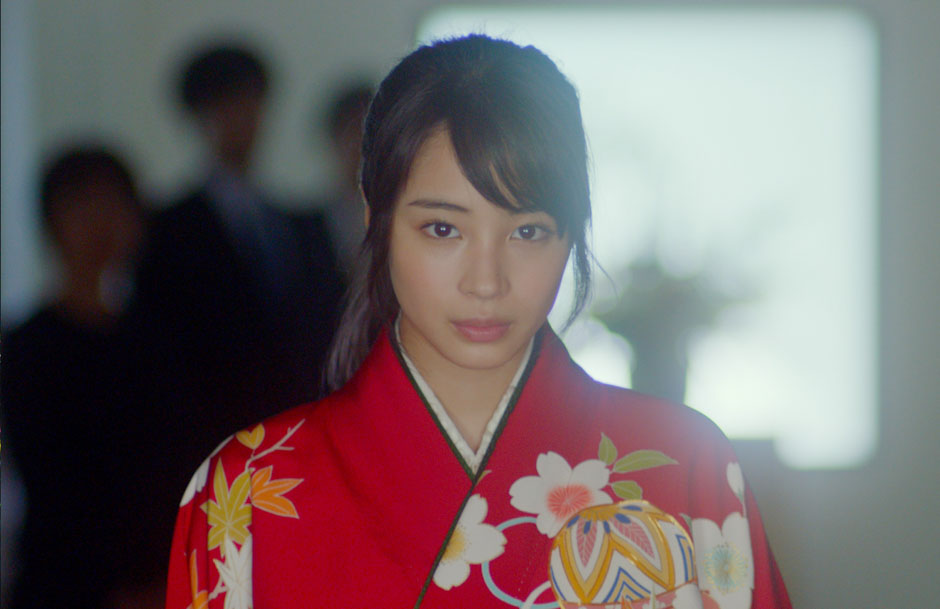
Based on the multi-awarded, homonymous manga, written and illustrated by Yuki Suetsugu, “Chihayafuru” revolves around Karuta (a card game combining speed and knowledge of poetry) and the relationship of a girl with two boys. The film is presented in two parts.
Chihaya Ayase, a high school student, is obsessed with the game, playing since childhood with two of her schoolmates, Arata Wataya and Taichi Mashima. The three of them were separated, though, and Ayase has been playing by herself for some time. In high school, however, she finds Mashima again and the two of them try to establish a Karuta club in their new school, since there hasn’t been one until now.
Eventually, they manage to find three other members; Kanade Oe, a traditional poetry enthusiast; Yusei Nishida, also a player since childhood; and Tsutomu Komano, a nerd obsessed with trains, who ends up in their club just because he wasn’t keen on joining any other.
The five of them train rigorously to compete in the school competition, while Arata is in Tokyo, caring for his grandfather, a Karuta Master, who’s not sure what he wants to do with the game, despite the fact that he is the best player his age.
Furthermore, the three of them – Ayase, Arata, and Mashima – form an underlying love triangle, with Mashima actually playing to be close to Ayase; Ayase having some feelings for Arata; and Arata being, once again, not sure of his own. In the second part, as the team trains even more rigorously, things become more complicated by the presence of the Karuta Queen, Shinobu Wakamiya, who seems to have an interest in Arata, since the two of them are the best players in their age.
Norihiko Koizumi directs a film that would be another high school romantic comedy, if not for the main theme of Karuta, which gives the title additional depth, making it stand apart from the many entries in the category. In that fashion, the love triangle stands somewhat in the background, as the game is actually the main theme. The characters are very interesting in their variety and their analysis is quite thorough.
9. Over the Fence (Nobuhiro Yamashita)
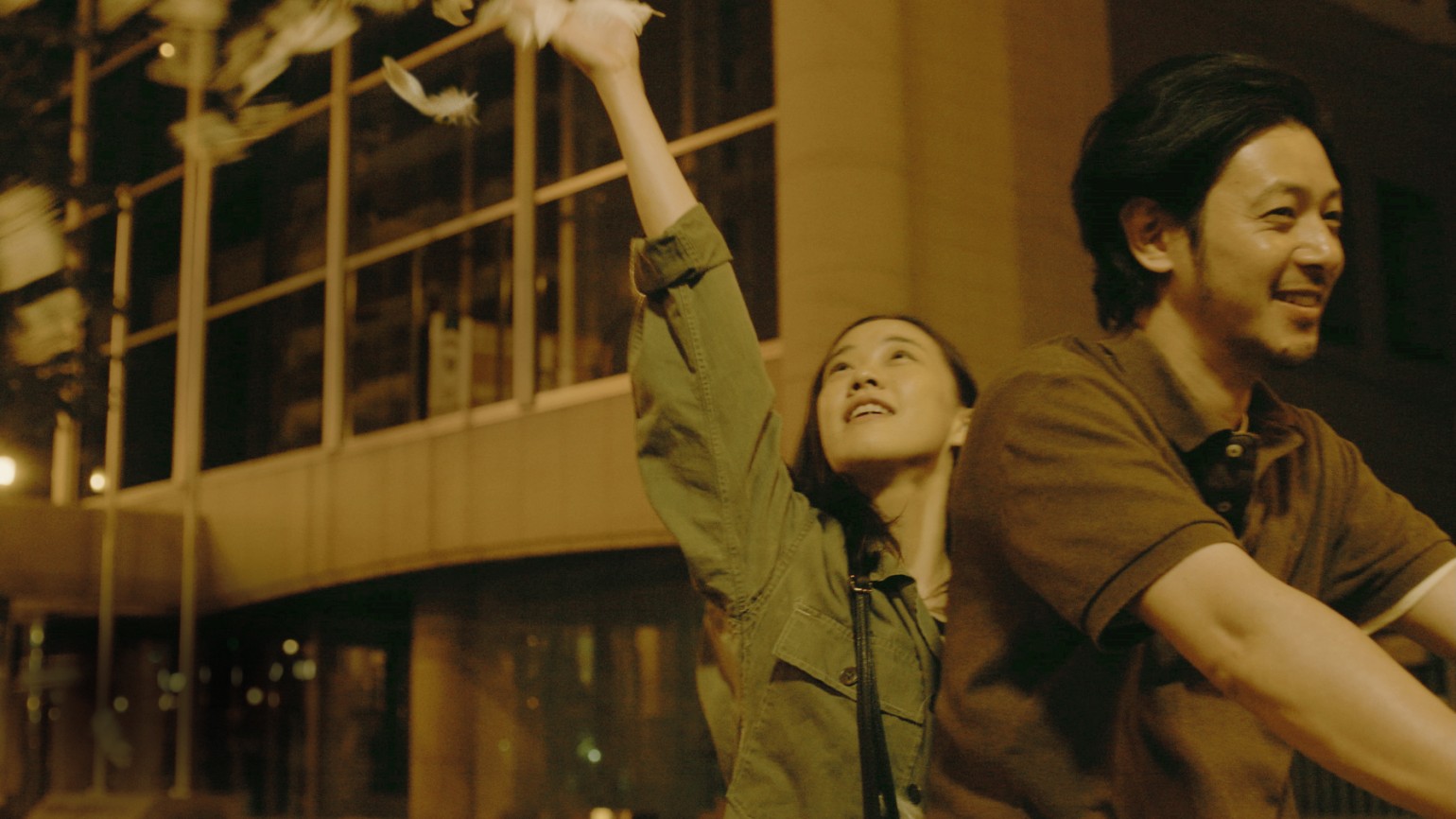
The script is based on the short story “Over Fence” from the collection “Ogon no Fuku” by Yasushi Sato. Shiraiwa is recently divorced and has moved to another town, where he takes carpentry lessons at a vocational school. His divorce has left him with some psychological trauma, as is the case with many of his classmates, who seem to be there for various reasons. One of them named Kazuhisa takes him to a nightclub, in order to pitch him an idea for a joint business venture.
While there, he meets an eccentric hostess, Satoshi, who seems to like him immediately. A peculiar relationship is initiated between them, as she borders on hysteria and he is filled with self-pity. In the meantime, he and his classmates are also training for a baseball match between schools.
Nobuhiro Yamashita directs a film in the well-established style of the contemporary Japanese drama, with slow pace without many outbursts, technical minimalism, a little bit of humor, plenty of subtle drama, and attention to characters that touches the borders of surrealism but remaining in the spectrum of realism, as with the general setting.
The concept of Satoshi is probably the film’s strongest trait, and the one that makes it stand apart from the plethora of similar productions. Apart from the fact that she has a man’s name, Satoshi works in a zoo and she enjoys mimicking how birds court each other in public.
The fact that she mimics how swans and ostriches flirt in the bar where she works, and even in front of a supermarket, makes her appear goofy but adorable at the same time. However, she is also “damaged”, and when her raging hysteria surfaces, she becomes truly terrifying, in both the scenes where this happens. In that fashion, Yu Aoi gives a magnificent performance, in a very difficult role.
8. Creepy (Kiyoshi Kurosawa)
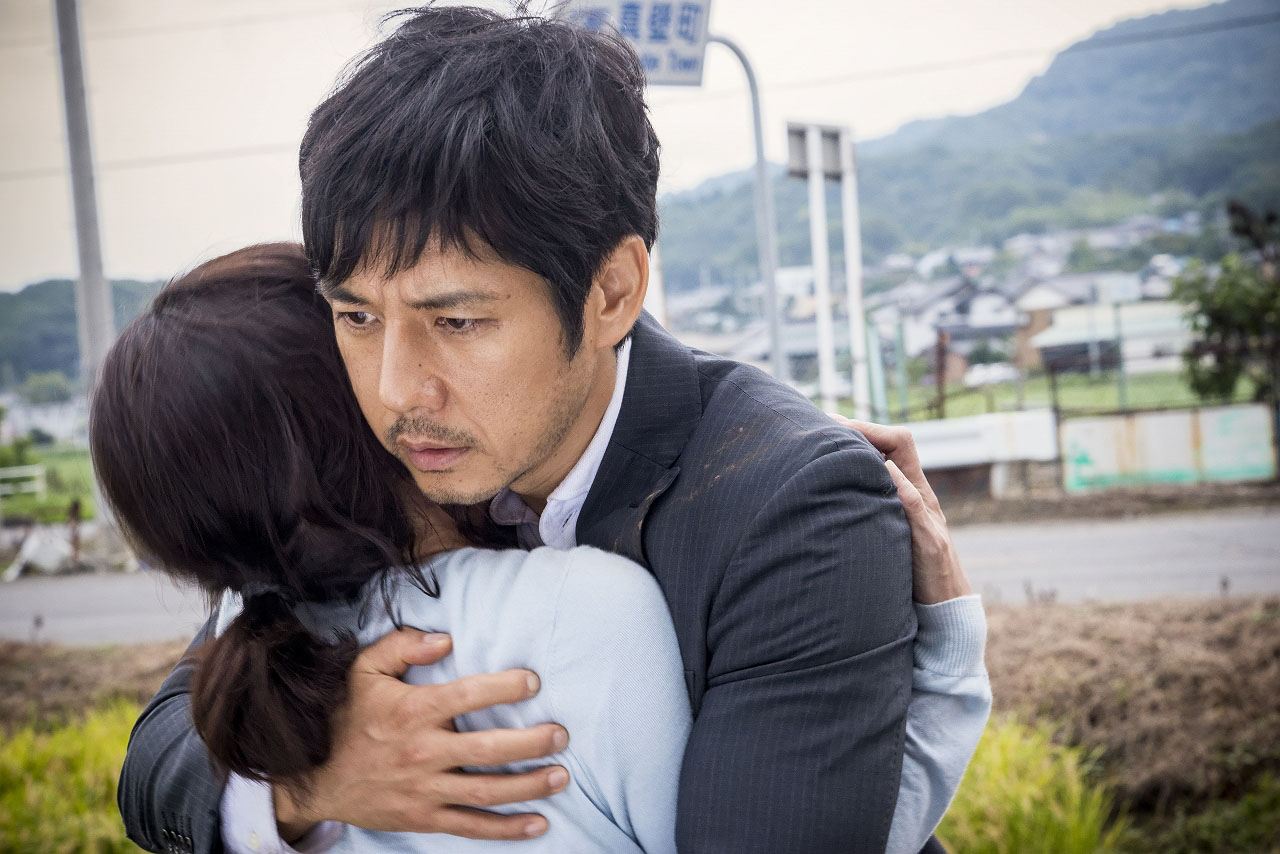
Kiyoshi Kurosawa’s long-awaited return to his psychological J-horror roots, since his latest films were mostly art-house (“Journey to the Shore”, “Real”) or social (“Tokyo Sonata”), finally occurred, and the result was quite similar to “Pulse” (“Kairo”).
The action in the film starts immediately, as a tragedy occurs when a serial killer that detective Takakura was questioning escaped. The consequence of the incident was for Takakura to resign, and to follow an academic career in criminal psychology.
The script then moves in two axes. The first one takes place in the new neighborhood where Takakura and his wife Yasuko move. While Yasuko wants to become friends with the rest of the neighbors, they treat her with suspicion, except for Nishino, who seems to be the most peculiar of all, until he is proven to be utterly creepy.
The second axis occurs when Takakura decides to check out an unsolved crime regarding a family that disappeared six years ago. As he meets Saki, the sole survivor, Takakura delves into the case, losing himself once more in it, while his wife seems to have psychological issues of her own.
Kurosawa’s most distinct trait in his horror films is his ability to build up tension slowly until the point of “explosion”. This ability of his does not seem to have abandoned him, as he succeeds in gradually producing the horrific elements through the slow pace and the infrequent dialogue, while retaining, most of the time, a general sense that something is wrong.
However, the issue with the aforementioned build-up is that it lags a bit, a fact that results in the agony deteriorating after a time, although the moment of disclosure and the extraordinary finale compensate, to a portion at least. It would be for the best, though, if the film was 15-20 minutes briefer (it actually lasts 130 minutes).
All three protagonists emit the sense that something is wrong from the beginning of the film. Hidetoshi Nishijima as Takakura seems too eager to examine the crime, Yuko Takeuchi as Yasuko seems too eager to make friends, and most of all, Teruyuki Kagawa as Nishino, who looks utterly creepy, no matter how he acts.
In my opinion, Kagawa could not be missing from a film called “Creepy”, since he excels at portraying similar characters. All the aforementioned actors give fitting performances in harmony with the film’s general aesthetics, but Kagawa is the one who definitely stands out.
7. The Long Excuse (Miwa Nishikawa)
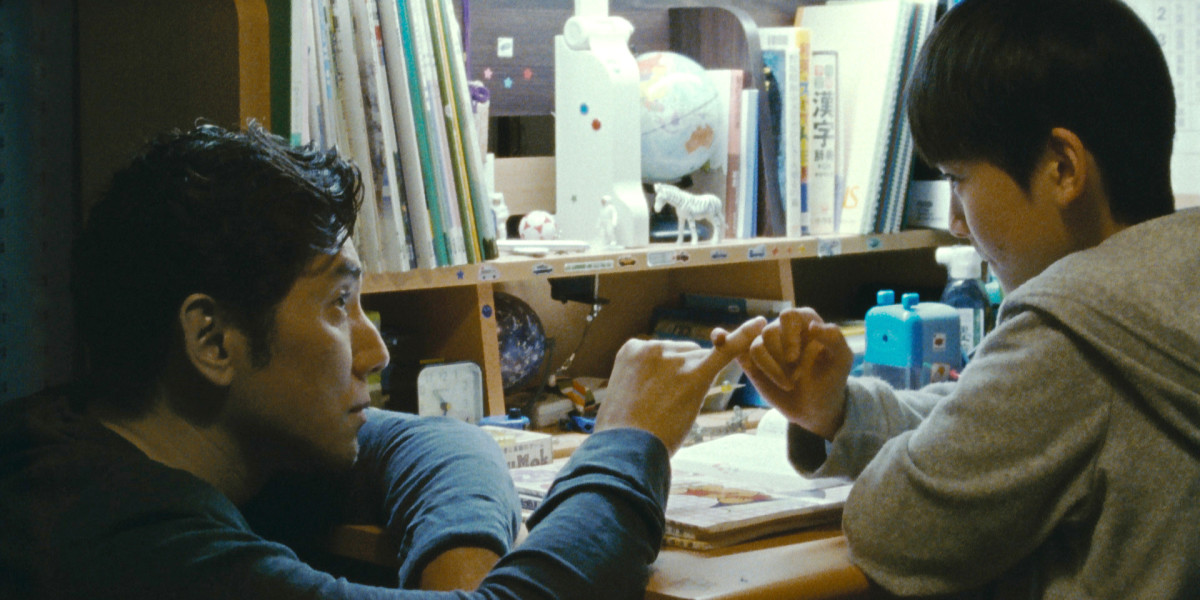
Sachio Kinugasa is a formerly successful writer who currently makes his living by appearing on talk shows. He is married to a hairstylist, Natsuko, but he constantly ignores her while having an affair with his editor. His life turns upside down when Natsuko is killed in a bus accident, along with her friend Yuko. The two widowers, Sachio and Yoichi, deal with the incident in completely different fashions.
Sachio tries to “seduce” the media once more, while Yoichi is utterly devastated. However, due to Yoichi’s efforts to become friends with him, the two men start socializing, and eventually Sachio agrees to act as a babysitter for Yoichi’s two kids, Shinpei and Akari. As he starts warming up to them, Sachio realizes the mistakes he has made in his life, particularly regarding his deceased wife.
Miwa Nishikawa directs and pens (she actually adapts her own book) a touching movie that starts out as a drama, becomes a comedy for awhile, and then switches back to drama. Her unique sense of humor is one of the production’s best aspects.
It comes in two forms. One is subtle, through Sachio’s character, who looks hilarious as he tries to take care of the children without knowing a thing about raising them. The second is more direct and derives from Akari, an adorable little girl who is bound to make anyone who watches the film laugh, with her yelling and questions that are too intelligent for her age.
The acting is on a very high level and is actually one of the best aspects of the film. Masahiro Motoki is in good form as he presents both the dramatic and the comic aspects of his character with elaborateness. His transformation from a selfish adulterer to a caring “uncle” is impressive.
Pistol Takehara is also very convincing as the almost illiterate Yoichi. However, the ones that steal the show are definitely the two children, Kenshin Fujita as Kenshin and Tamaki Shiratori as Akari. The latter is quite adorable through her many lines (considering her age), while the former gives a great performance, with his monologue against his father being one of the strongest moments of the picture. Eri Fukatsu also appears in the movie as Natsuki, but her role is very small.
6. After the Storm (Hirokazu Koreeda)
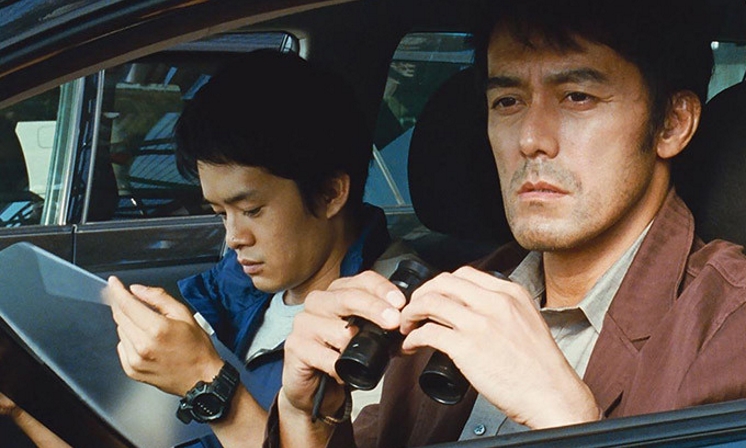
Over the last two decades, Hirokazu Koreeda has emerged as the contemporary master of Japanese family drama, with films like “Nobody Knows”, “Still Walking”, “Like Father, Like Son”, and many more. “After the Storm” continues his legacy in the genre.
Ryota, an former prize-winning novelist, has fallen on hard times. He has stopped writing and currently works in a PI agency. However, he spends the money he earns (with shady tactics) on gambling, and is constantly broke. His wife, Kyoko, has divorced him, and since he does not pay his alimony, she does not let him see his son. In order to cope, he tries to earn money by pawning stuff from his parents’ house, although his mother, Yoshiko, is onto his antics, as is everybody else.
Furthermore, when he discovers that his wife is meeting up with someone, he starts stalking her, since he does not seem to be able to move on, in contrary to Kyoko and Yoshiko. In order to avoid becoming exactly like his deceased father, who has disappointed them all, he tries to play a more significant role in his son’s life. A stormy night offers him a chance to redeem himself.
Koreeda directs another meaningful family drama in his usual style, which has become the norm for films of the genre in Japan. This style includes a slow pace, a mellow atmosphere without any kind of outbursts, great attention to detail (particularly in the realistic depiction of everyday life), people and their interactions, and some small dosages of humor.
Hiroshi Abe is very convincing as the lowlife Ryota, and the gorgeous Yoko Maki is great as Yoshiko, a former “victim” that has taken life into her own hands. However, the one who steals the show, once more, is Kirin Kiki, who presents a feisty and very intelligent Yoshiko, despite her 73 years.
The scenes where she mocks herself and other members of the family, and in general, the ones where she is joking, are the highlights of the film. Lily Franky, who seems to be everywhere these days, also has a small part.